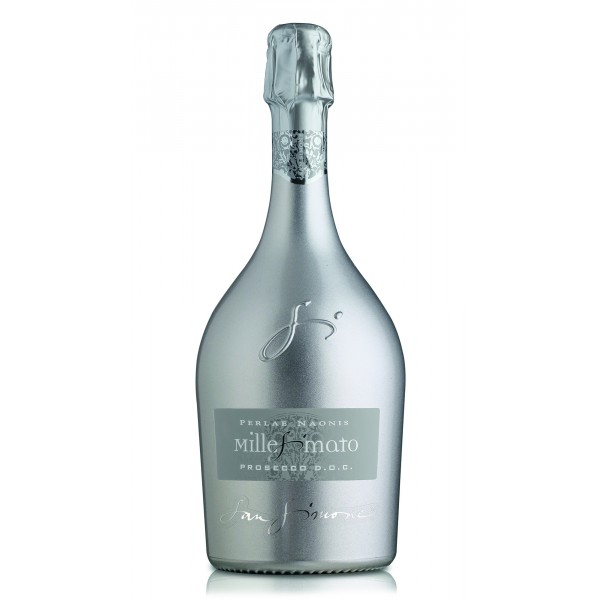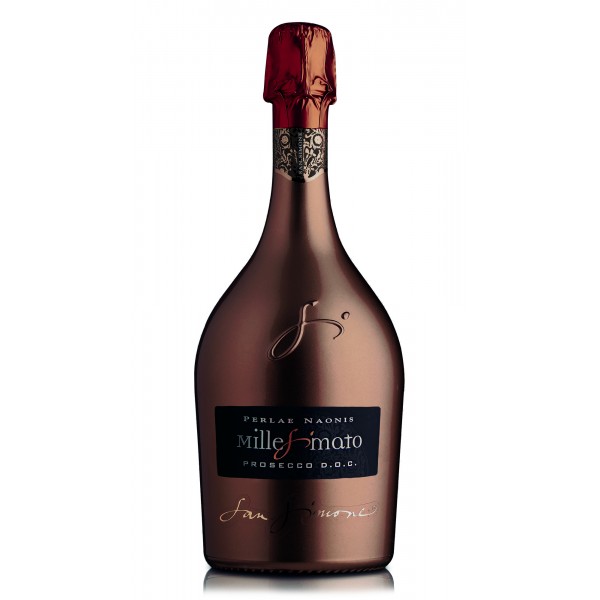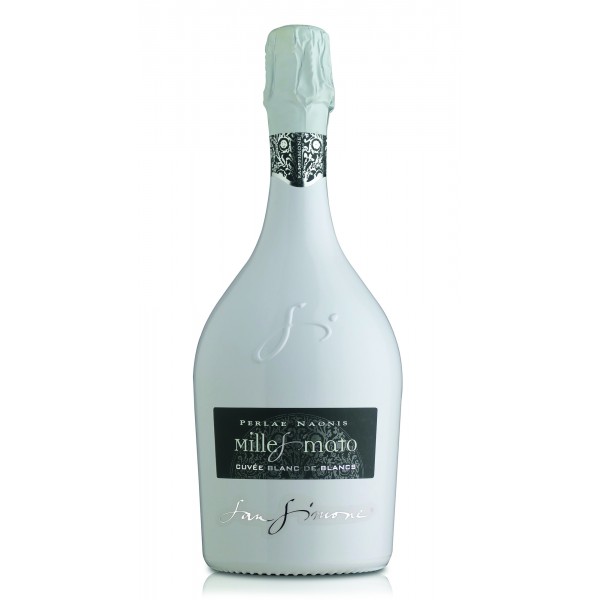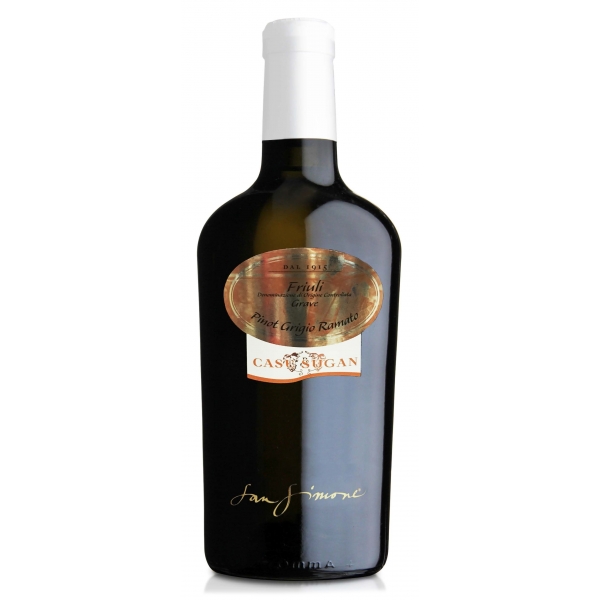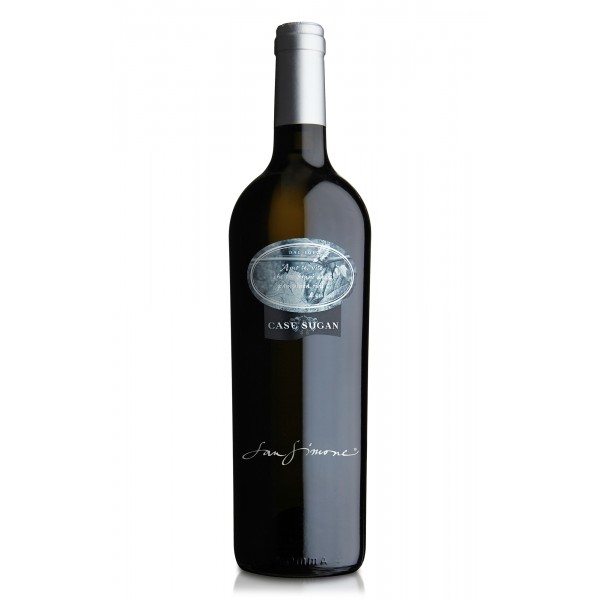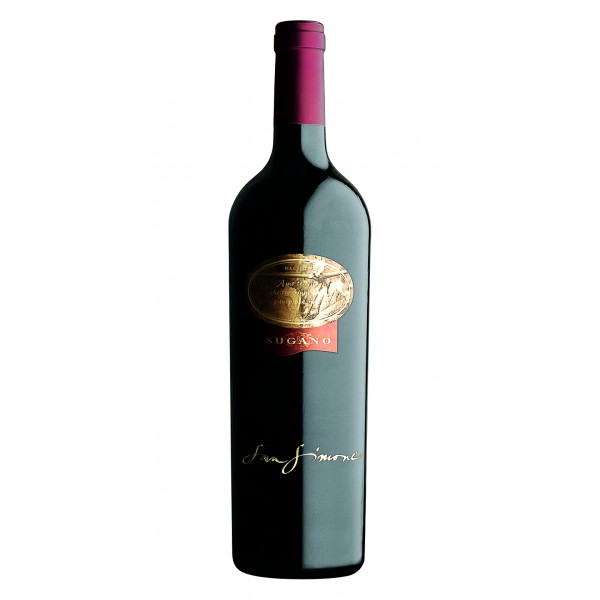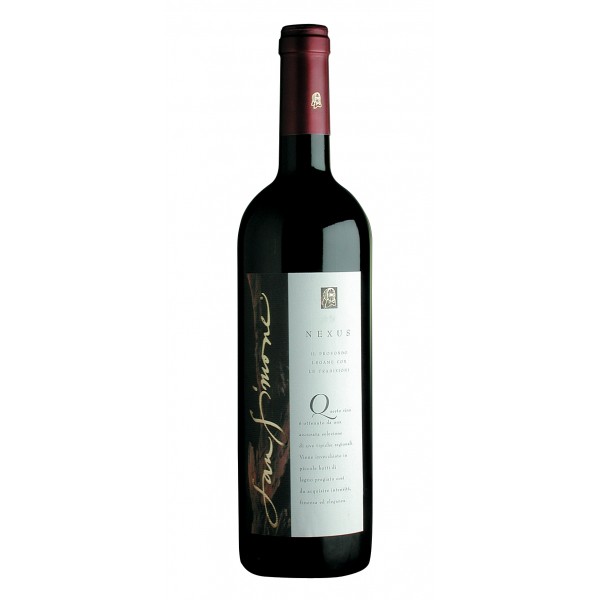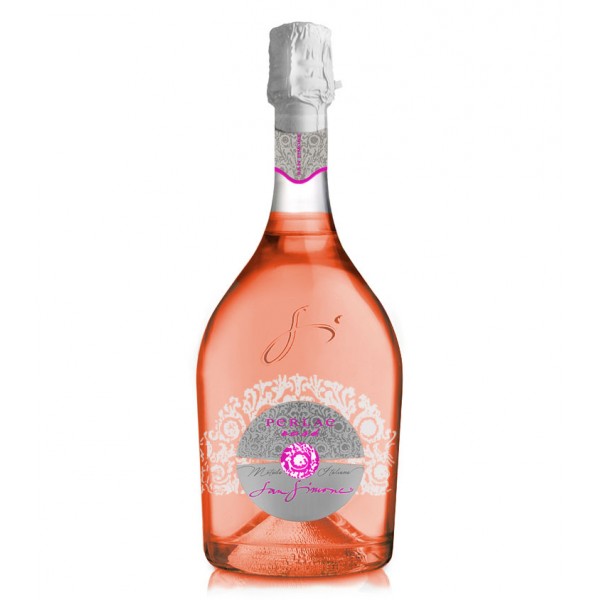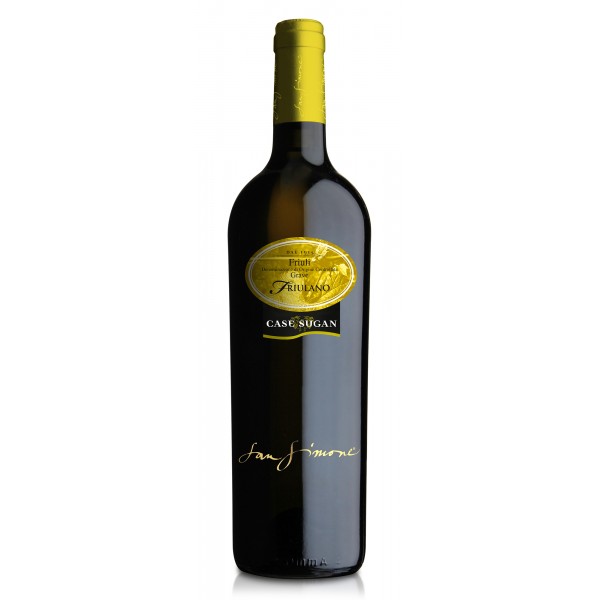No products
Categories
- Fashion Accessories
- Clothing
- Beauty & Lifestyle
-
Hi-Tech & Lifestyle
- Gaming
-
Case
- iPhone 11 Pro
- iPhone 11 Pro Max
- iPhone 11
- iPhone X / XS
- iPhone XS Max
- Samsung S10 / S10+ / S10e
- Huawei P30 / P30 Pro / P30 Lite
- Huawei P20 / P20 Pro / P20 Lite
- iPhone XR
- Samsung S9
- Samsung S9+
- iPhone 8 / 7
- iPhone 8 Plus / 7 Plus
- Samsung S8
- Samsung S8+
- Samsung S7
- Samsung S7 Edge
- iPhone 6 / 6 s
- iPhone 6 Plus / 6 s Plus
- iPhone 5 / SE
- Skin
- Audio
- Smart Home
- Drones & Hoverboard
- Photo & Video
- Desk Supplies
- Accessories
- Games
- Beverages
- Food
- Home
- Jewelry
- Luxury
- Travel
- Art
- Footwear
- Vintage Fashion
- Restaurants
- Sport
- Animals
- Gift Ideas
- Kidswear
Extra
Viewed Products
-

Prada - Prada Decode - Geometric Sunglasses - Maroon Gold - Prada Collection...
Sunglasses with a sleek metal frame...
San Simone
Friulian Wines since 1915
.jpg)
“Wine making is an art in itself but not just any kind of art. It is an art which does not require only know-how but also loads of passion, love, sacrifice, patience, sensitivity and fantasy. It is essential to have a solid tradition and strong enological culture. This art cannot be merely learned, it is something innate. It is an emotion, and like everything that springs from the heart, it becomes a light for the mind, a scent and an enthusiasm for the life through the transformation of the grapes into wine.”
Presentation San Simone
-
San Simone - Prosecco D.O.C. Brut Millesimato - Perlae Naonis - Gold Edition...
This Millesimato is born to celebrate our first Prosecco Doc and to remember, as already proven in Roman times by Pliny, the Friulian origins of the vine: in the municipality of Prosecco, near Trieste, from where it spread later in the whole region and in Veneto.
17,00 € -
San Simone - Prosecco D.O.C. Brut Millesimato - Perlae Naonis - Silver...
This Millesimato is born to celebrate our first Prosecco Doc and to remember, as already proven in Roman times by Pliny, the Friulian origins of the vine: in the municipality of Prosecco, near Trieste, from where it spread later in the whole region and in Veneto.
17,00 € -
San Simone - Prosecco D.O.C. Brut Millesimato - Perlae Naonis - Bronze...
This Millesimato is born to celebrate our first Prosecco Doc and to remember, as already proven in Roman times by Pliny, the Friulian origins of the vine: in the municipality of Prosecco, near Trieste, from where it spread later in the whole region and in Veneto.
17,00 € -
San Simone - Sparkling Wine Brut Millesimato - Perlae Naonis - Cuvée Blanc de...
Perlae Naonis Sparkling wine Brut from Glera and Chardonnay grapes in White Limited Edition, combining quality with the style of packaging, fresh and captivating.
17,00 € -
San Simone - Sparkling Wine Brut Millesimato - Perlae Naonis - Cuvée Blanc de...
Perlae Naonis Sparkling wine Brut from Glera and Chardonnay grapes in White Limited Edition, combining quality with the style of packaging, fresh and captivating.
17,00 € -
San Simone - Pinot Grigio Ramato - Friuli Grave D.O.C. - Case Sugan - The...
Pinot Grigio as it was made here in the 70s, leaving it to macerate on the skins for a night. Not only does the color change, which becomes coppery, onion skin, but also the "juice". It undoubtedly has more character than the Pinot Grigio we are used to. More decisive and evolved aromatic notes already in the young wine: apricot, full body and a curious...
15,00 € -
San Simone - Pinot Grigio - Friuli Grave D.O.C. - Case Sugan - The Tradition...
It owes its name to the particular area of Porcia, called Sugano in the cadastral map, where the vines are found. Wine of great personality, it is still today one of the major protagonists of enology.
15,00 € -
San Simone - Sugano - Cabernet Franc - Friuli Grave D.O.C. - Case Sugan - The...
It owes its name to the particular area of Porcia, called Sugano in the cadastral map, where the vines are found, which derive from a clonal selection of Carmenère.
15,00 € -
San Simone - Nexus - Cabernet Sauvignon - Friuli Grave D.O.C. - Classic Line
Nexus, a Latin noun, means "link", "link". Link, therefore with tradition, culture, the earth. International vine that can rightfully be called traditional since it has been grown in our region for over one hundred years.
19,00 € -
San Simone - Evante - Merlot - Friuli Grave D.O.C. - Classic Line
Evante "il Fiorente", in Greek mythology, was the son of Dionysus, god of love and of the vine told that he wanted his sons to reign over a land particularly suited to the cultivation of the vine.
19,00 € -
San Simone - Prosecco D.O.C.G. Extra Dry - Asolo Superiore - Sparkling Line
Prosecco DOCG in the extra dry version has a higher sugar residue than the brut which makes it even more pleasant and persuasive. It represents the aperitif par excellence in the company of San Daniele ham.
15,00 € -
San Simone - Prosecco D.O.C. Brut Millesimato - Perlae Naonis - Sparkling Line
This Millesimato is born to celebrate our first Prosecco Doc and to remember, as already proven in Roman times by Pliny, the Friulian origins of the vine: in the municipality of Prosecco, near Trieste, from where it spread later in the whole region and in Veneto.
14,00 € -
San Simone - Prosecco D.O.C. Extra Brut Millesimato - Perlae Naonis - Cuvée...
After several years of experimentation, with proofs of vinification and sparkling of different vines and different blends, in 2013 our cuvée comes from Chardonnay grapes harvested in 2011 in the Extra Brut version.
14,50 € -
San Simone - Rosè Brut - Perlae Rosé - Sparkling Line
Merlot grapes are harvested in mid-September, in order to have a balanced acidity and an abundant content of grape sugar. It is a fresh sparkling wine with a lot of personality. Excellence reaches it when it is tasted on the beach, at sunset, in company, combined with the color of the sea.
14,00 € -
San Simone - Friulano - Friuli Grave D.O.C. - Case Sugan - The Tradition -...
It owes its name to the particular area of Porcia, called Sugano in the cadastral map, where the vineyard is located. Wine of great personality and character, born from a native vine, it is certainly the protagonist of the Friulian enology.
15,00 €Sold Out - Not Available -
San Simone - Re Sugano - Refosco of Penducolo Rosso - Friuli Grave D.O.C. -...
This wine owes its name to the particular area of Porcia, called Sugano in the cadastral map, where we cultivate the Refosco, the "King" among the native red grapes of Friuli.
15,00 €Sold Out - Not Available




